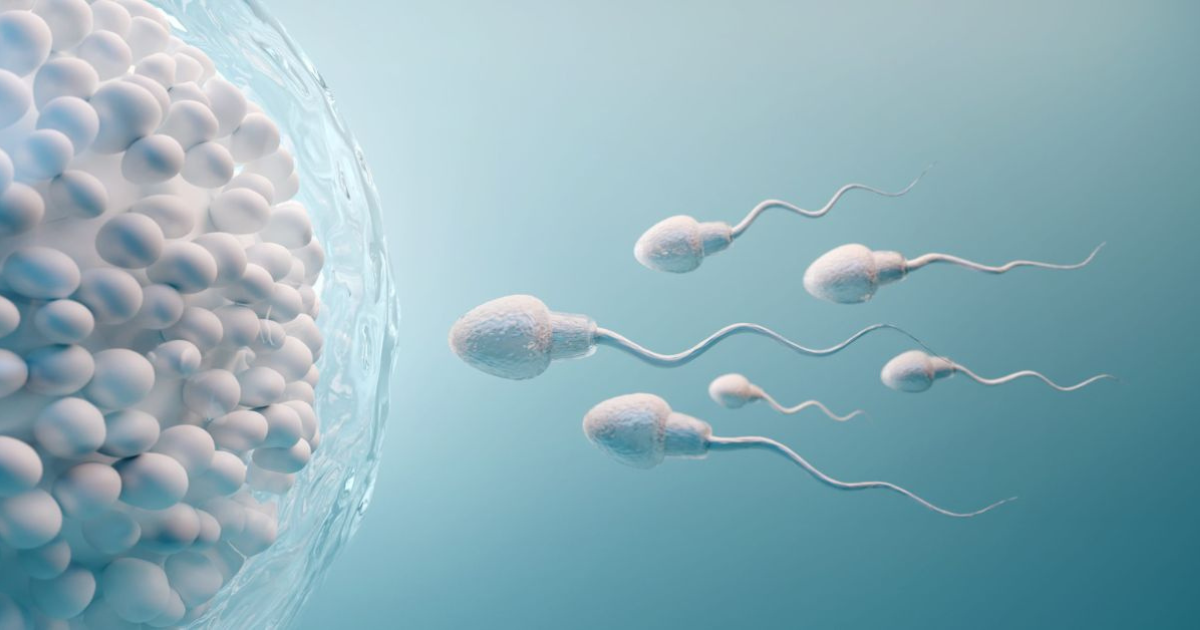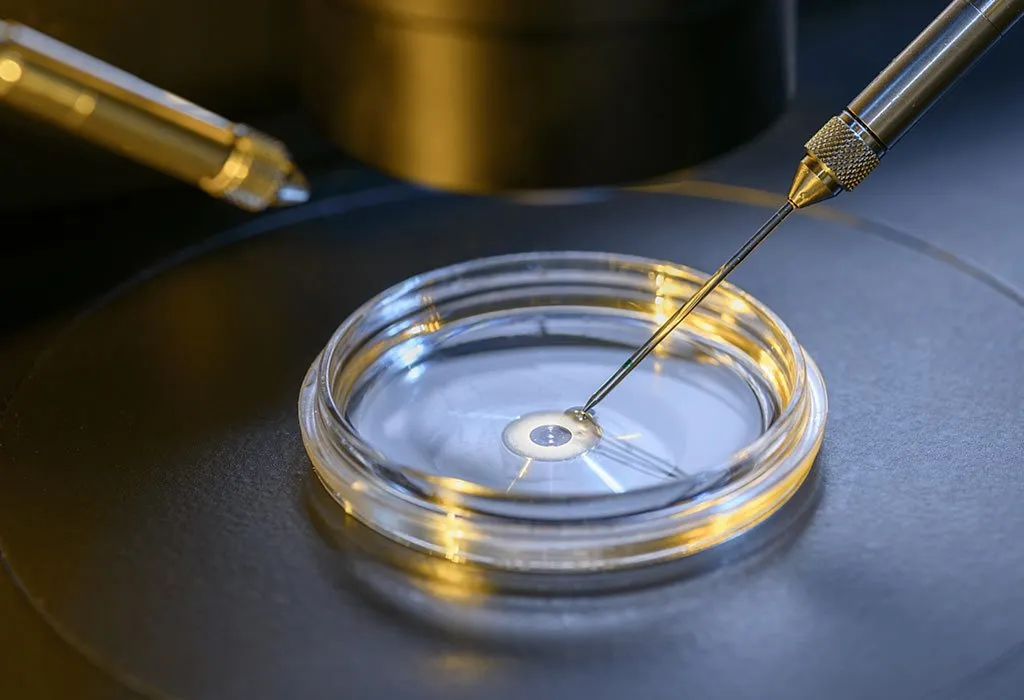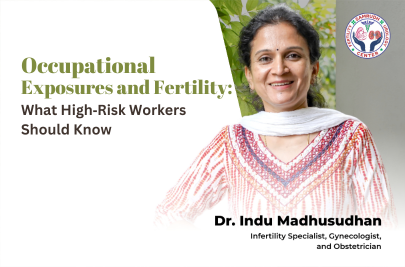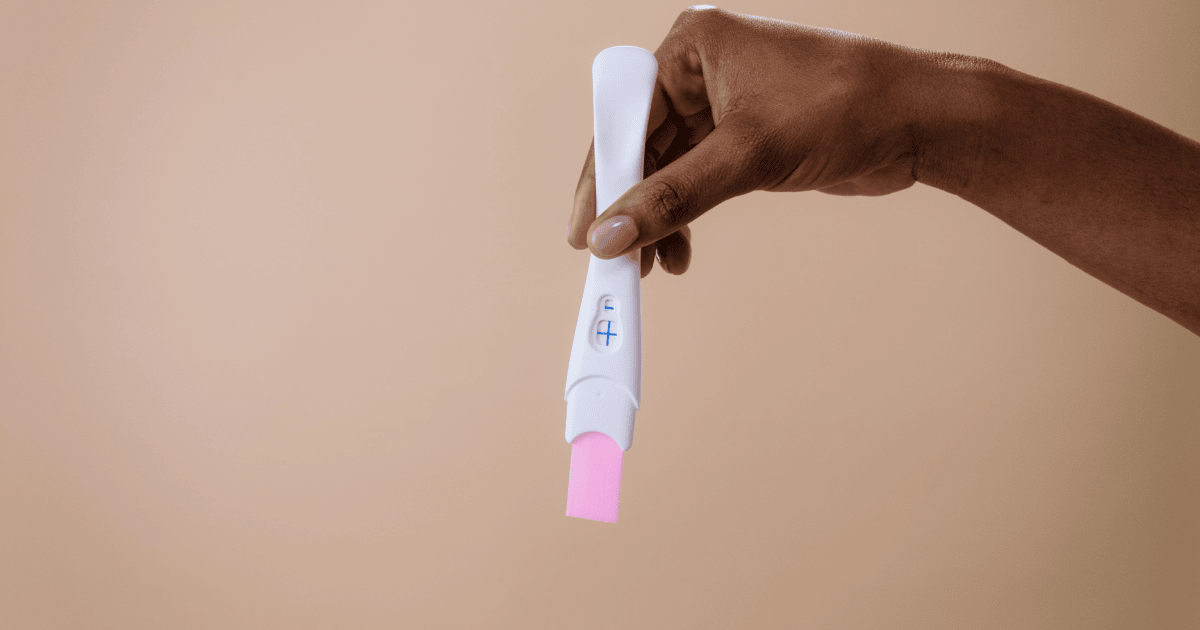In vitro fertilization (IVF) has revolutionized fertility treatments, giving hope to millions of couples struggling to conceive. One critical decision in IVF is choosing between a fresh embryo transfer and a frozen embryo transfer (FET). Both methods have their advantages and considerations, and the right choice depends on individual health factors, age, fertility issues, and personal preferences.
Fresh embryo transfer involves transferring embryos into the uterus immediately after fertilization, whereas frozen embryo transfer involves freezing embryos for later use. Understanding the differences, risks, success rates, and preparation steps can help couples make an informed decision.
What is Fresh Embryo Transfer?
Fresh embryo transfer is the traditional IVF method. Once the eggs are retrieved and fertilized in the laboratory, the best quality embryo(s) are transferred to the woman’s uterus, usually 3–5 days after fertilization.
Key steps in fresh embryo transfer include:
Ovarian stimulation: Fertility medications help produce multiple eggs.
Egg retrieval: Eggs are collected from the ovaries under mild sedation.
Fertilization: Eggs are fertilized in the lab to create embryos.
Embryo selection: Embryos with the best quality are selected.
Transfer: The selected embryo is transferred to the uterus.
Advantages of Fresh Embryo Transfer:
Shorter treatment cycle: No need to wait for freezing and thawing.
No additional cost for freezing and storage.
Embryos are transferred immediately while they are at peak viability.
Considerations:
High hormone levels after ovarian stimulation may affect the uterine lining and implantation.
Some women may have ovarian hyperstimulation syndrome (OHSS), making immediate transfer riskier.
What is Frozen Embryo Transfer?
Frozen embryo transfer (FET) involves freezing embryos after fertilization and transferring them in a subsequent menstrual cycle. This method has gained popularity due to advances in cryopreservation techniques, particularly vitrification, which improves embryo survival rates.
Steps in frozen embryo transfer:
Embryos are frozen at optimal quality.
The woman’s uterus is prepared either naturally or with hormone therapy.
Frozen embryos are thawed and transferred into the uterus.
Advantages of FET:
Uterus has a more natural hormonal environment, improving implantation chances.
Reduces risks for women with OHSS.
Allows multiple transfer attempts from a single IVF cycle.
Timing flexibility: Couples can choose the most suitable cycle.
Considerations:
Additional costs for freezing, storage, and thawing.
Slight delay in conception compared to fresh transfer.
Differences Between Fresh and Frozen Embryo Transfers
| Feature | Fresh Embryo Transfer | Frozen Embryo Transfer |
|---|---|---|
| Timing | Immediately after fertilization (3–5 days) | Subsequent cycle after freezing embryos |
| Hormonal Environment | Stimulated with high fertility hormones | More natural or controlled hormone levels |
| OHSS Risk | Higher risk in hyper-responders | Lower risk as uterus is prepared later |
| Flexibility | Less flexible | Greater scheduling flexibility |
| Costs | Standard IVF cycle cost | Additional costs for freezing and storage |
| Success Rates | Good for young women with normal response | Comparable or sometimes better, especially in high responders or older women |
Success Rates: Fresh vs. Frozen Embryo Transfer
Success rates depend on age, embryo quality, uterine health, and underlying fertility issues.
Fresh embryo transfer: Average success rate ranges from 35–45% per cycle for women under 35.
Frozen embryo transfer: Success rates can be slightly higher or equivalent, 40–50% per cycle, particularly in women with hormone-sensitive conditions or previous IVF failures.
Data Insights:
Studies indicate that FET may reduce the risk of preterm birth and low birth weight.
Women with PCOS or high estrogen levels may benefit more from FET.
Elective freezing (freeze-all strategy) allows embryos to be transferred when the uterus is more receptive.
Factors Influencing the Choice of Transfer Type
Several factors guide the decision between fresh and frozen embryo transfers:
Age of the woman: Older women may benefit from FET to optimize uterine environment.
Ovarian response: Women at risk of OHSS may be advised to freeze embryos.
Previous IVF outcomes: Couples with failed fresh transfers might have better results with FET.
Underlying medical conditions: Conditions like PCOS or endometrial abnormalities may favor FET.
Lifestyle and scheduling: FET offers flexibility for couples who need to plan around personal or professional commitments.
Risks and Considerations
Both transfer types carry certain risks:
Multiple pregnancies: Higher with multiple embryos transferred, regardless of fresh or frozen.
Miscarriage: Slightly lower risk in FET due to better uterine environment.
Preterm birth and low birth weight: Fresh transfers in hyper-stimulated cycles may slightly increase these risks.
Emotional stress: Waiting for FET cycles can be psychologically challenging for some couples.
Preparing for Your Embryo Transfer
Fresh Embryo Transfer Preparation:
Follow prescribed fertility medications strictly.
Attend regular ultrasounds and blood tests to monitor ovarian response.
Maintain a healthy diet and manage stress.
Frozen Embryo Transfer Preparation:
Uterine lining preparation through natural cycle or hormone therapy.
Regular monitoring of endometrial thickness via ultrasound.
Thawing embryos carefully with high survival rate techniques.
Lifestyle optimization to improve implantation chances.
Conclusion
Choosing between fresh and frozen embryo transfer is a personalized decision. Factors such as age, ovarian response, medical history, and previous IVF outcomes play a significant role. Both methods are safe, effective, and offer comparable success rates when guided by an experienced fertility specialist.
For couples in Bangalore seeking expert care, consulting the best IVF center ensures personalized treatment plans, proper monitoring, and support throughout the process. By understanding the differences, advantages, and preparation steps, couples can make informed choices and increase their chances of a successful pregnancy.
FAQ
Both have comparable success rates. Choice depends on individual health, risk factors, and previous IVF outcomes.
Modern vitrification techniques ensure over 90% survival rates.
Single embryo transfer is preferred to reduce multiple pregnancy risks, but this depends on age, embryo quality, and doctor’s recommendation.
No, vitrification preserves embryo quality effectively without significant impact on success rates.
Embryos can be stored for several years, and studies show successful pregnancies even after long-term storage.









